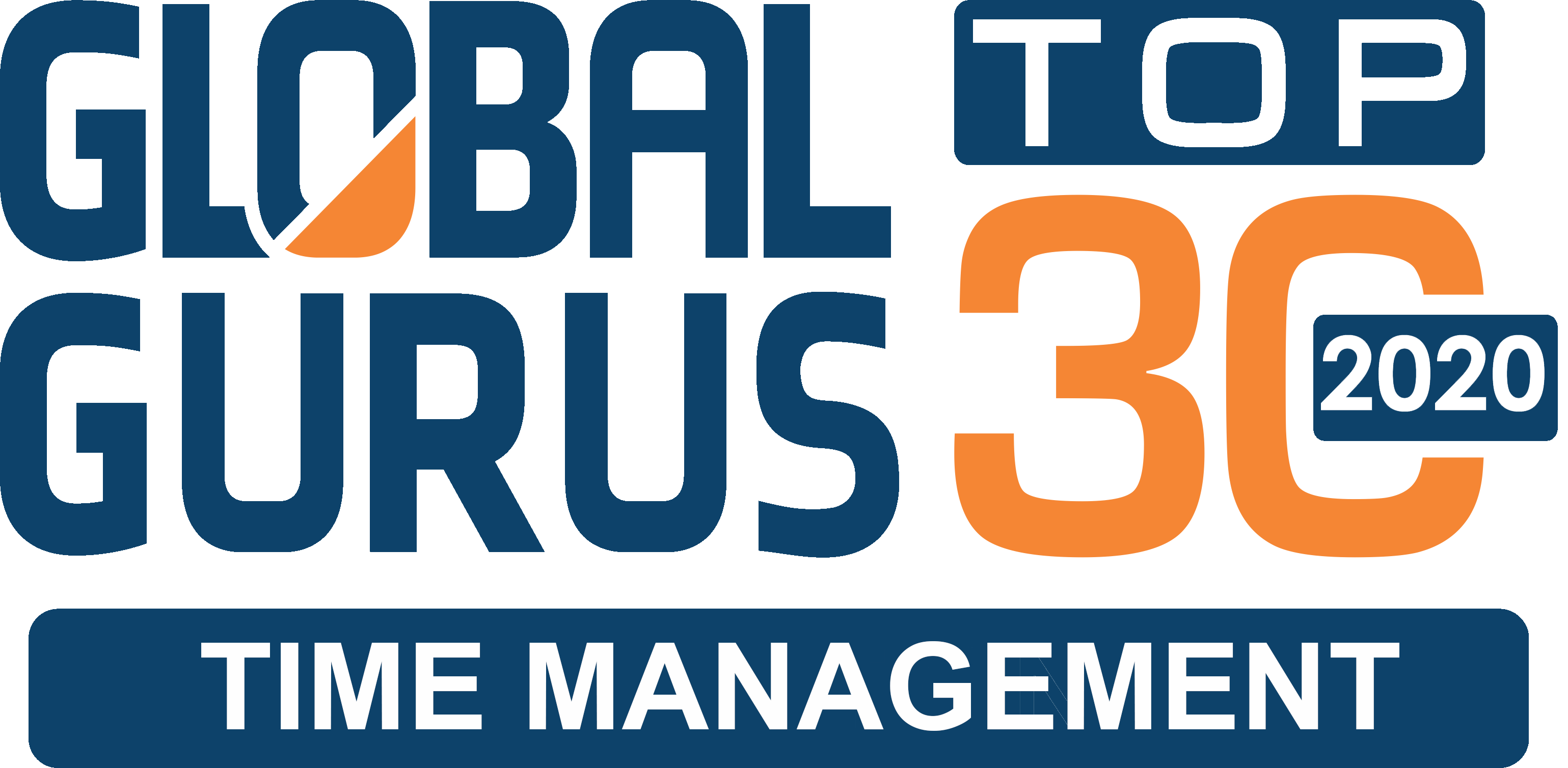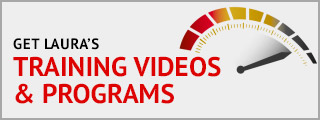“You’ve heard the saying, ‘Analysis creates paralysis.’ You can’t be 100 percent sure of anything.” — Mark Burnett, British television producer.
“The maxim ‘Nothing but perfection’ may be spelled ‘Paralysis.'” — Winston Churchill, former British Prime Minister.
As a reader of this blog, I suspect you take your professional development quite seriously. No doubt you’ve dedicated yourself to constantly refining your time management skills, blocking distractions, trimming task lists, and otherwise doing whatever it takes to maximize your personal productivity at work. That’s only logical, since honing your workplace productivity to a keen edge represents the best way to move your career forward without abandoning the “life” part of your work/life balance.
Therefore, you’ll want to use your time as efficiently as possible. Among other things, this requires you to carefully consider each decision before you make it. But tread carefully here. If taken too far, trying to review or prepare for every possible contingency can result in the paralysis of analysis—what I think of as “vapor lock of the brain.”
Rather than waste your time with indecision, adopt the old “motion beats meditation” maxim. Sure, you’ve probably heard it so often you consider it a cliché—but have you actually tried living it? Most clichés become clichés because they contain elements of truth. As long as you have enough information and other resources necessary to take action, then just do it! Nike’s famous ad slogan hits this one right on the head. Motion in any direction shatters the ice of indecision.
If you ever find yourself suffering from analysis paralysis, or even just dragging your heels due to uncertainty, put these tips into play.
1. Reject perfectionism. Everything has some level of downside risk; even “sure things” can blow up on you. Let’s face it: No matter how much time and effort you’ve spent preparing, you’ll probably hit some unexpected snags. No plan survives an encounter with reality.
2. Accept the possibility of failure. Naturally, you want to do your best for yourself and your organization…but inevitably, a certain percentage of your decisions will prove incorrect. Recognize that fact and stop huddling in one place; instead, choose a direction and get moving. Maybe you’ve picked the wrong way…well, so be it. You’ll soon know, and can readjust your course; very few decisions are irreversible. And if you at least learn something, then you can’t consider any misstep a complete failure.
3. The simplest solution is probably the best. Often, the path of least resistance represents the best possible choice. So if you’ve examined it from all angles and can see no obvious surprises, flaws, or moral pitfalls, then go for it.
4. Follow your core values. If a potential decision conflicts with the things you or your organization believe in most, dismiss it from consideration. Stand secure in the knowledge that your core values will guide the way, whether they revolve around a deity, an absolute belief in people and what they can accomplish, personal and intellectual honesty, or all of the above. This alone will clear the field of many candidates.
5. Focus mostly on getting started. Knowing where you want to go and the basic route you need to take represents half the battle. You don’t have to sharply define every step before beginning; you can handle the fine details on the fly. That said…
6. Establish mileposts and a drop-dead deadline. Know when you absolutely have to have a task done. Break it into easy pieces that allow you more than sufficient time to complete it before the final deadline arrives. This will motivate you to stop wasting time and get started. Nothing beats writer’s block, for example, like knowing you have only until a specific date to turn something in—no matter how uncertain you feel about it.
7. Listen to both your head and your heart. Sometimes a certain course of action makes absolute sense from an intellectual perspective, but it still seems wrong. If so, your subconscious mind has probably noticed something your conscious mind hasn’t. So use your emotional intelligence (EQ) as well as IQ when making decisions. Now, don’t go overboard here; instinct can lead you astray in some cases. But do consider both sides of the EQ/IQ equation, and make your decision based on which side weighs the heaviest. You may still be wrong, but you’ve got to decide something.
This brings me to my final point: come to grips with the fact that there’s no such thing as not making a decision. If you drag your heels, events will make your decision for you if another person doesn’t. You’re no puppet, so don’t sit there in vapor lock and allow others to pull your strings and determine your fate. Shape it yourself with your own timely decisions.



